Since our return to Luanda I have been going through all the video footage from our trip and thought everyone might appreciate some screen captures showing what we got up to (and what will be in the documentary). I have tried to keep things in roughly chronological order. Sorry about the image quality! In total we kayaked 984.9km. Total distance travelled (kayaking & hiking / portage): 1303km.
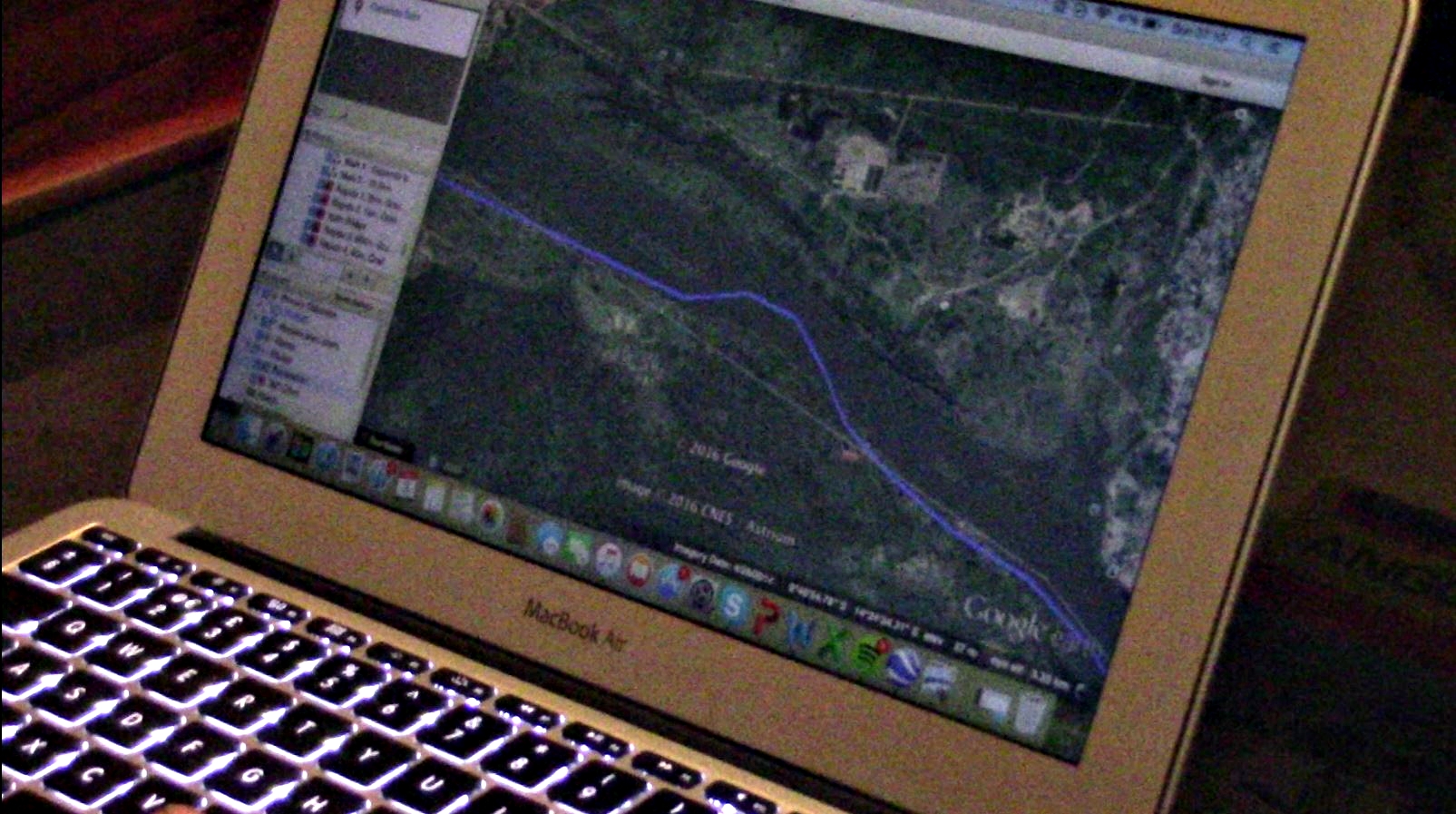
Cooking up the route: Alfy spent months before our departure poring over satellite photos to choose a suitable route and identify hazards.

Packing: The gear was purchased all over the world, organised in the UK then invaded Alfy’s flat in Luanda. The place looked like a bomb site before the trip!

Driving to the source: We flew from Luanda to Huambo with Angola’s national carrier, TAAG Airlines (who smashed our Tabasco sauce in transit, damn them!) We were then driven by The HALO Trust out to the source of the river, 25 km north-east of Mumbwé village.

Starting the journey: The source of the river is in the left of this image, marked out by wooden posts. This is one of the few photos we took with our DJI Phantom 3 drone, before it nearly died in the sinking!

Fixing up the buggy: The first 55km of our journey involved walking from the source to Soma Kuanza, where the river was finally big enough to navigate. We had 105kg of gear, which we transported using a modified kite buggy. Here we are doing some last minute modifications using sticks to increase the carrying capacity. Please also note our matching khaki shorts and white socks.

Dragging the gear: The first two days were very difficult. As this photo shows, much of the road was deep sand, which reduced our average speed to 2kmph in sections!

More dragging: Here we are about to pull the cart up a very steep hill. Little did we know it, but this was the last time we would get the drone out for the whole trip.

Celebrating at the entry point: The local authorities in Soma Kuanza confidently directed us to an entry point for the river which looked great…

Despairing at the entry point: Turns out when the locals said “it’s definitely navigable from this point onwards” what they meant was “it’s clear for a bit, then a reed-filled, meandering disaster for the next 30km“. Our first two days of kayaking were not a fun experience, especially thanks to the local insects.
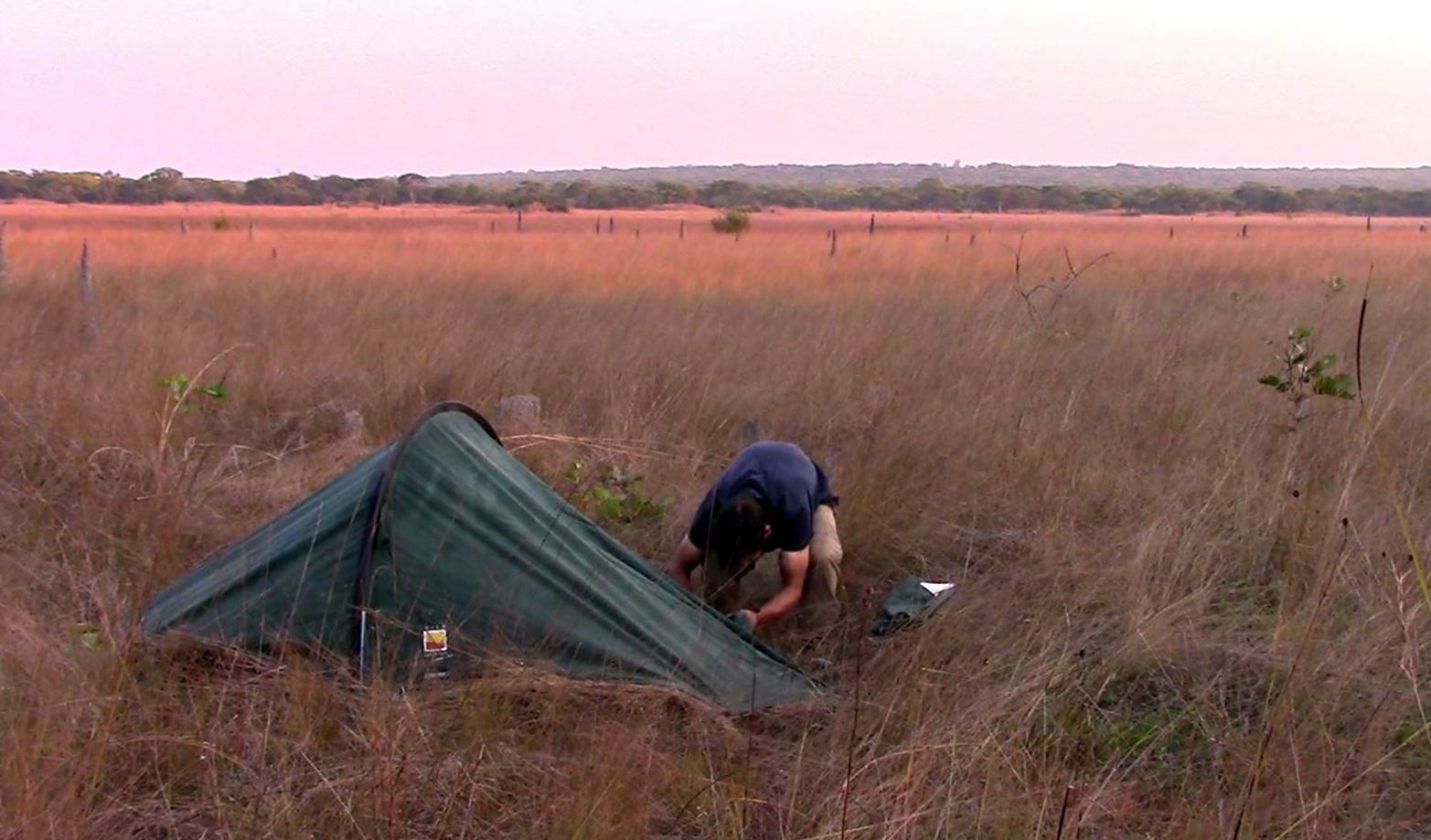
Camping: We spent many of our nights in the early stages of the journey camping in the middle of nowhere, with no signs of civilisation around us. Here I am setting up my Wild Country Zephyros 1 Tent. To summarise my upcoming kit review of this item: do not buy this tent. It’s expensive, tiny and leaks horribly!

Sleeping indoors: Later on in our journey there were more communities near the river. They were all very welcoming and a few even let us sleep in a spare hut, rather than having to setup our tents.

Angola is freezing: Alfy and I struggled to find accurate weather data for the more remote sections of the journey. We thought the coldest it would get was 7° C. We were wrong. It dropped below freezing many nights, and we woke up to icicles on our tents. In the evenings and mornings it was essential to light a fire to keep warm and dry wet clothing. Alfy also suffered at night as he only had a two season sleeping bag!

Fire makes everything better: We had a pretty fixed routine in the evenings: arrive just before sunset then rush about frantically trying to light a fire before the temperature plummeted.
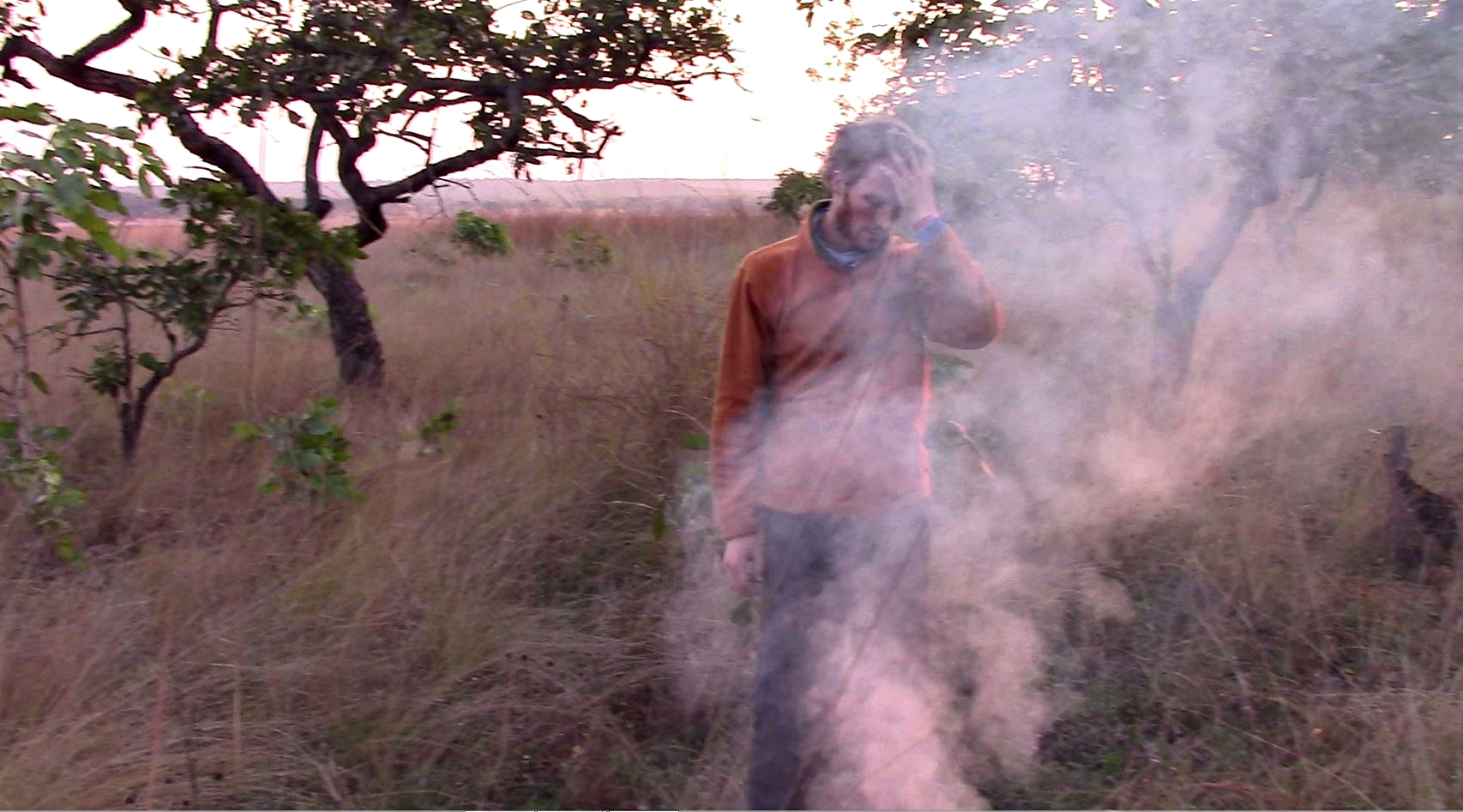
Getting smoky: The other great thing about the fire was that it kept the biting insects away. When first arriving at a camping site in the evenings we would get absolutely munched. Things were particularly bad on the lower stretches of the river, where it was hotter.

All hail the GPS: I have no idea what we would have done without our trusty GPS device. Thank goodness it was not washed overboard in the sinking. As neither of us had a watch or working phone for much of the trip, this also became our only timepiece!

The actual kayaking: On sections of the river that were clear, our day was very simple. Wake up around 4:45am, pack up the gear, set out just after sunrise and paddle until just before sunset. We would also eat our food while drifting along, meaning we did not get out all day. Our record for the journey was covering 70km in one day, which involved about eleven hours of paddling. Our average speed varied from 5kmph to 8kmph, and was highly dependent on wind speed, flow speed, obstacles and how we were feeling.

Sports nutrition: Doing this much exercise every day meant we had big appetites. Unfortunately, for reasons of weight, we could not carry huge amounts of food. Lunch was an interesting affair, that usually involved peanuts, biltong, dried fruit and whatever else we could lay our hands on. Later on in the trip sugar also seemed to play a very prominent role in our diet!

Running out of food: Due to some logistics issues, we actually ran out of food on the day we needed to do a 50km paddle to Capanda dam. Here were are enjoying our only lunch item to fuel us for 10 hours of paddling.

Shopping at the diamond mines: On other days, we were actually able to top up our supplies from a very unlikely source. Many of the dodgy diamond mines along the Kwanza had small stores selling basic supplies. The most prized item on our shopping list? Soft drinks (especially if cold!)

Long days: For safety reasons we did not paddle at night. Our main concerns were running into hippos, rapids and barriers that fishermen had built across the river. Avoiding all of these obstacles required good visibility. For this reason, every kayaking day was a race against the clock, to get to our camping destination before the sun went down.

You shall not pass: One issue that we did not predict and could not spot from satellite photography was localised damming of the river for fishing. We had to carry the kayak around quite a few of these wooden structures, which were a serious hazard.

Woops we sank the Klepper: Unfortunately for us, our luck eventually ran out when navigating past fishing barriers. We were pushed into this one side-on by some rapids, and it sank the boat. We lost a load of gear including electronics and my hiking boots. Luckily, there were a load of fishermen nearby who helped us recover the Klepper.

Fixing the Klepper: The force of the water pushing the Klepper against the barrier snapped it like a toothpick. About a third of the constituent parts were seriously damaged, but thankfully the skin was not torn (this would have been unfixable). We had to pause in the mining town of Camacupa to deal with the problem. Here is Alfy explaining to a local carpenter exactly what needs to be repaired and how.

Bonding with the diamond miners: Another good thing about stopping in Camacupa was that we got to chat with the local miners who work on the river. They gave us loads of good advice about upcoming obstacles such as rapids and waterfalls. Amilton (pictured above right) even let us stay in his house for the night. This kind of generosity and hospitality featured throughout our trip.

Going lightweight: After the sinking, we reassessed how much kit we actually needed in the Klepper to complete the journey, and handed a load of gear over to The HALO Trust for safekeeping. One of the casualties was my DSLR camera which was just too bulky and heavy to justify carrying another 8ookm. Here I am using it to take photos in a military base that we camped in!

I hate walking: During the sinking my lovely, comfortable hiking boots floated off down the river, never to be seen again. Turns out that nobody in Angola seems to have feet bigger than size 10, which was a problem for me as I am size 11. This meant doing subsequent hiking sections in hastily purchased footwear that was too small for me. The results were very painful, and caused issues for the remainder of the expedition.

No, we don’t want to buy any diamonds: The further along the journey we went, the more surprised we were by the sheer scale of diamond mining along the Kwanza river. While suspicious at first, all the miners were really friendly and amazed to hear about our trip. Here is Alfy waving goodbye to some miners who had just sold us a few cans of Coke.

Mining is a disaster for the environment: While the miners themselves were great, what they were doing to the environment was not! Vast swathes of land next to the river were burned, bulldozed and polluted in the pursuit of diamonds.

Don’t get clotheslined: On the upper stretches of the river, it was small enough to divert to give direct acces to the riverbed where the diamonds are found. Lower down, miners would stretch a cable across the river and suck up sediment from the river bed using a barge with a generator and pump on it. This was another type of obstacle we had to be careful to avoid.

Hippos, hippos everywhere: Hippos were a regular feature of our journey. We sighted at least fifty and must have passed countless more that were hiding from us. Generally speaking they were very elusive due to poaching, however, they were still a risk if you got in their way as they tried to escape from the bank to the deeper centre of the river upon sighting humans. We did meet a pair of very aggressive male hippos one evening. The fishermen above had to escort us around them, and show us what to do in the event that they attacked.

Get up the tree: Turns out the strategy was quite simple: high-tail it to the nearest overhanging tree, and climb up it until the hippos get bored and swim away! Here is one of the males keeping a watchful eye on us before swimming away twenty minutes later.

Masters of disguise: for such big animals, hippos are actually very hard to spot. We never saw an entire hippo stood on the river bank, and they blend into the reeds really well. Usually all you see is their head poking out of the water, and then you have to quickly decide if it is indeed a hippo or just a floating piece of debris. The giveaway is their breathing. When they surface it sounds like an air compressor going off!
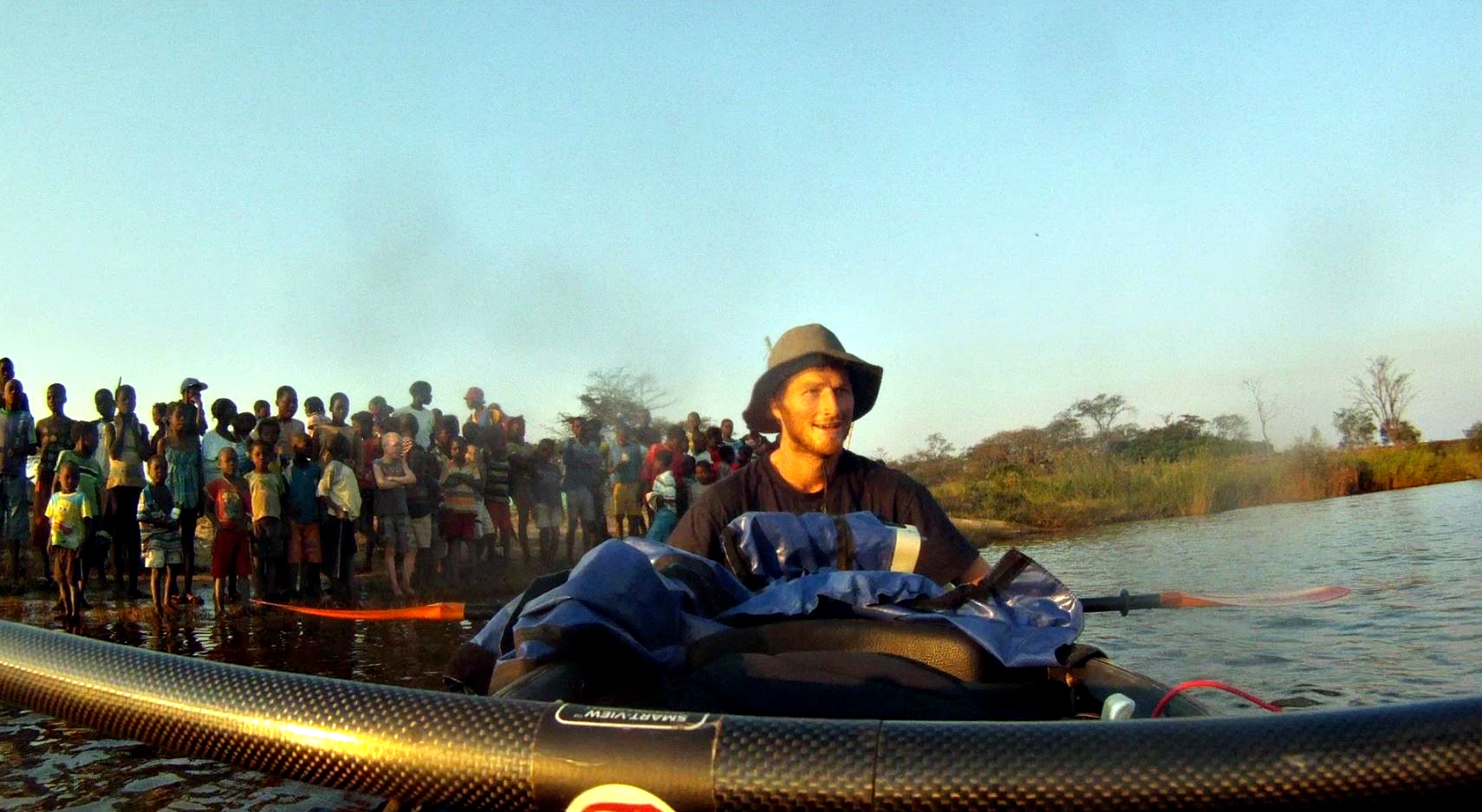
No hippos, more people: When we got to Capanda dam we knew there were no more hippos ahead, which was a huge relief. There were also a lot more people around, which added to our feeling of relative safety after being isolated for so long. Crowds would often gather whenever we went ashore with the Klepper.

Like magic: A particular favourite for the Angolan communities by the river was watching Alfy assemble the Klepper. Nobody ever believed our three green bags contained a large boat, until he had finished putting it together. For some reason, they particularly loved the rudder, which is pedal-controlled.

She cannae take any more, Captain: A month of being scraped over rapids took their toll on Alfy’s beloved Klepper. During the last 17km of rapids, she started taking on water quite seriously. Nothing a bit of duct tape can’t fix though! I think there were a total of nine holes repaired on the bottom when we finally rolled into Kwanza Lodge.
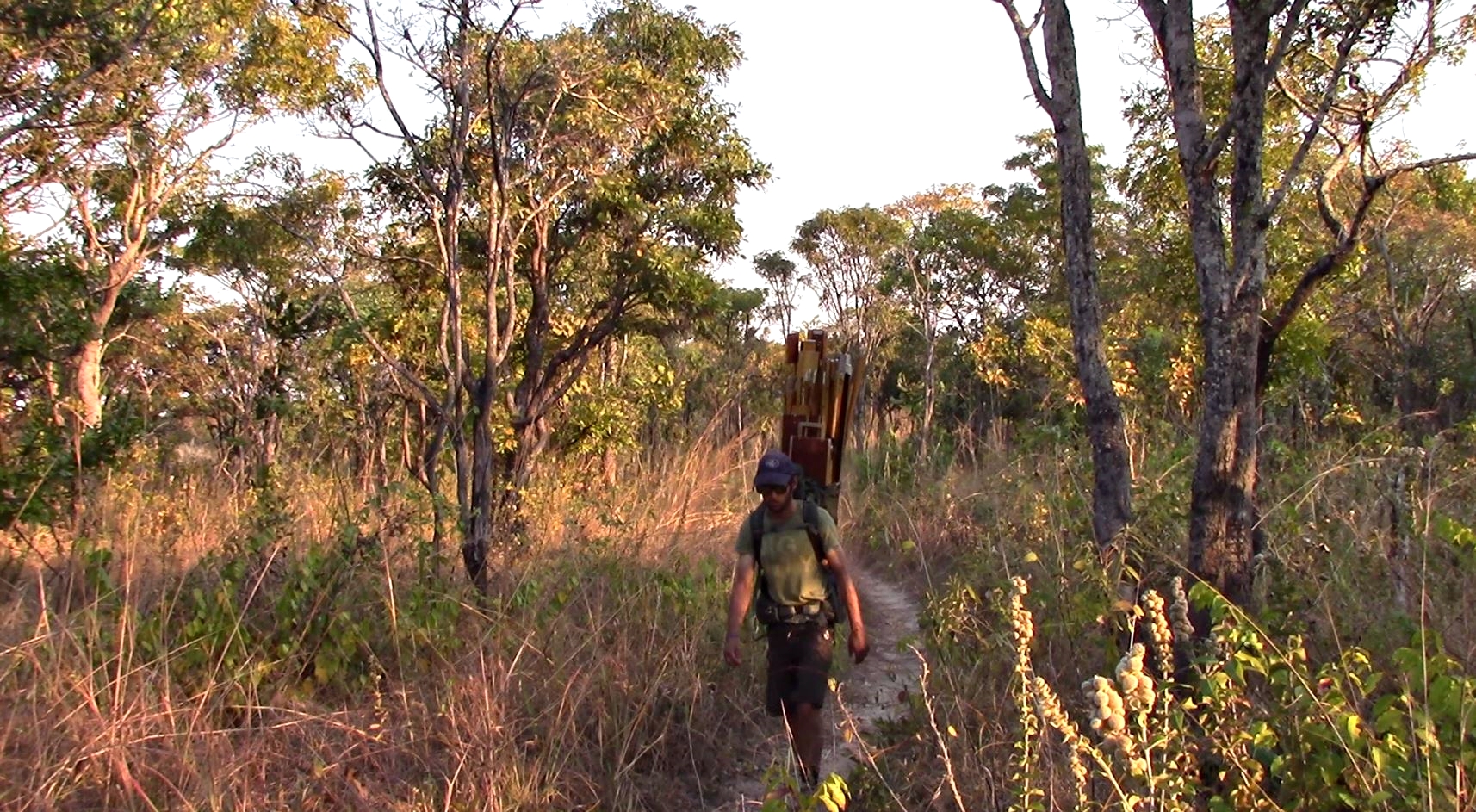
“Portage” means “bloody heavy” in French: Some sections of the River Kwanza are not navigable, and for these bits we needed to get out and walk. In order to keep Guinness World Records happy, it was very important that we “portaged” the kayak under our own steam to the next navigable point of the river. The Klepper weighs about 55kg and we had to carry it in sections. The buggy could not always be used due to the terrain, so sometimes we actually had to haul it on our backs.

I bet Stanley never had to do this: For shorter sections of portage, such as around this waterfall, it did not make sense to spend time dismantling then reassembling the Klepper, so we just picked it up and carried it. This definitely ranks as one of my least favourite elements of the trip!

Better safe than sorry: I will concede that carrying the kayak was preferable to going flying off one of these waterfalls. Locals told us that two South African kayakers died on this particular one a few years ago.

Leading the kayak: A happy compromise between portage and kayaking was getting out and leading the kayak through shallow rapids. Without our weight in it, the clearance was great although we still had to worry about scraping the bottom on sharp rocks. Apparently crocodiles don’t live in the rapids. Apparently.

Getting arrested: Here I am doing a video update from police custody in Capanda (no idea why they did not confiscate our filming equipment immediately!) We have already written a lot about this, but having already dodged the hippos, crocs and waterfalls, it was a very unexpected threat to the expedition.

We love the police really: Despite all the issues in Capanda, then Malanje, then Luanda, the vast majority of the security services and government officials we met on our journey were really welcoming and helpful. Here we are camping in a police station at Malanje bridge. This was not unusual!

No really, we do: Here are some of the guys from Soma Kuanza, helping us to find an entry point for the river. They also let us camp in the yard of the police station. I guess our overall message is thanks to everyone who helped us out, and screw you to the small minority who tried to end our trip prematurely!

Finished: It was such a relief to finish, and not just because we were starving and knew there was a buffet lunch waiting for us at Kwanza Lodge. This was a huge challenge, and so many things could have gone wrong. It was great to get over the finish line and get an update on just how many people had generously donated to The HALO Trust!